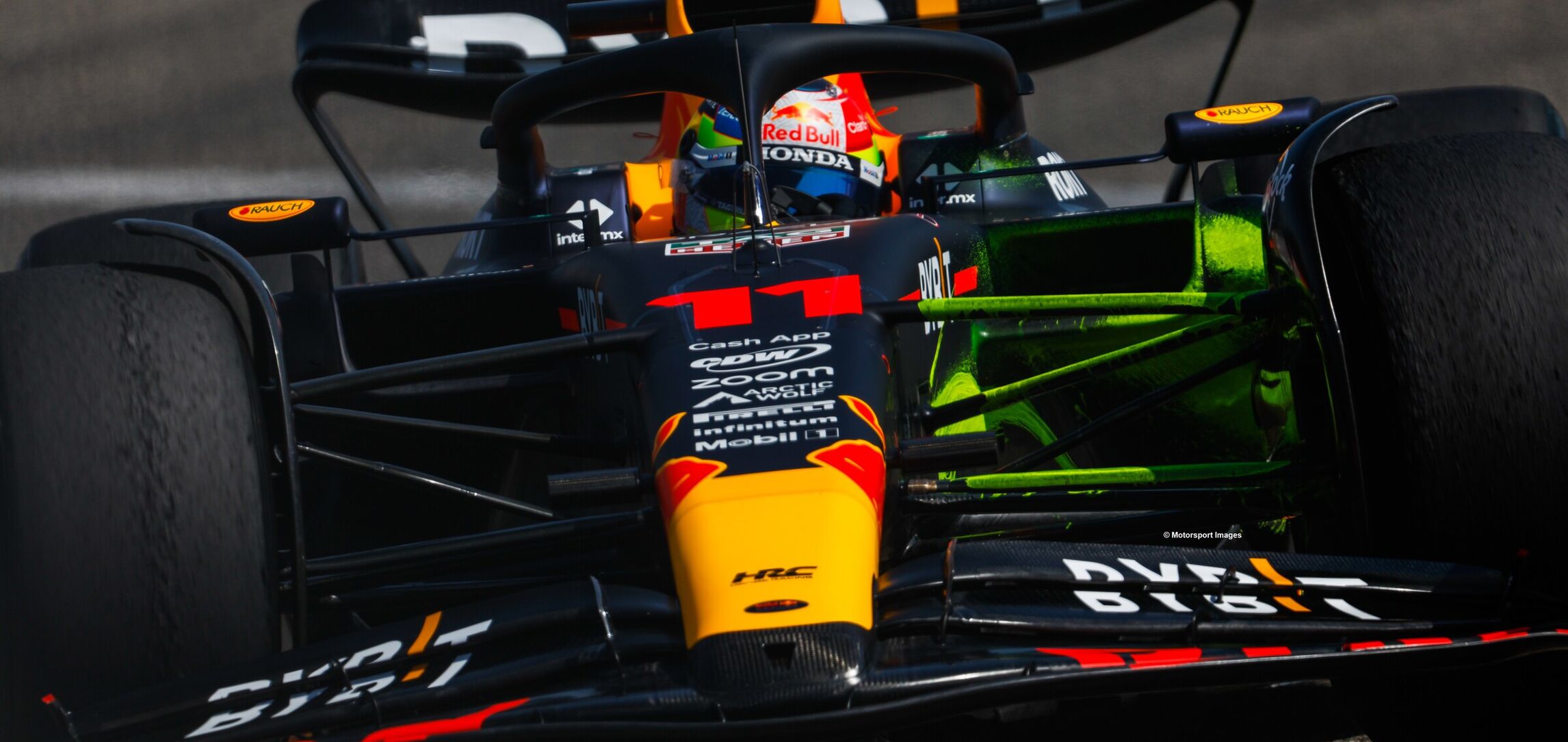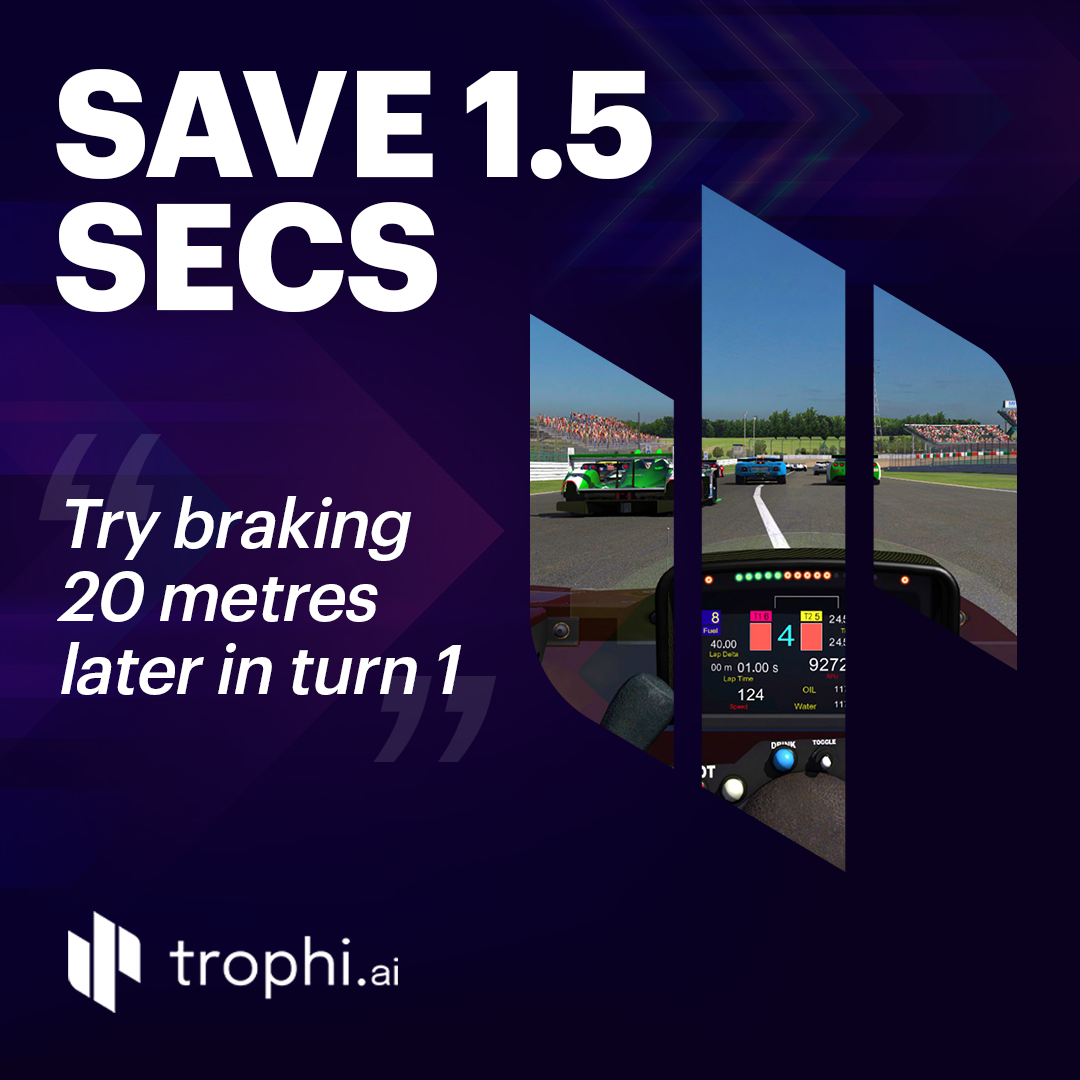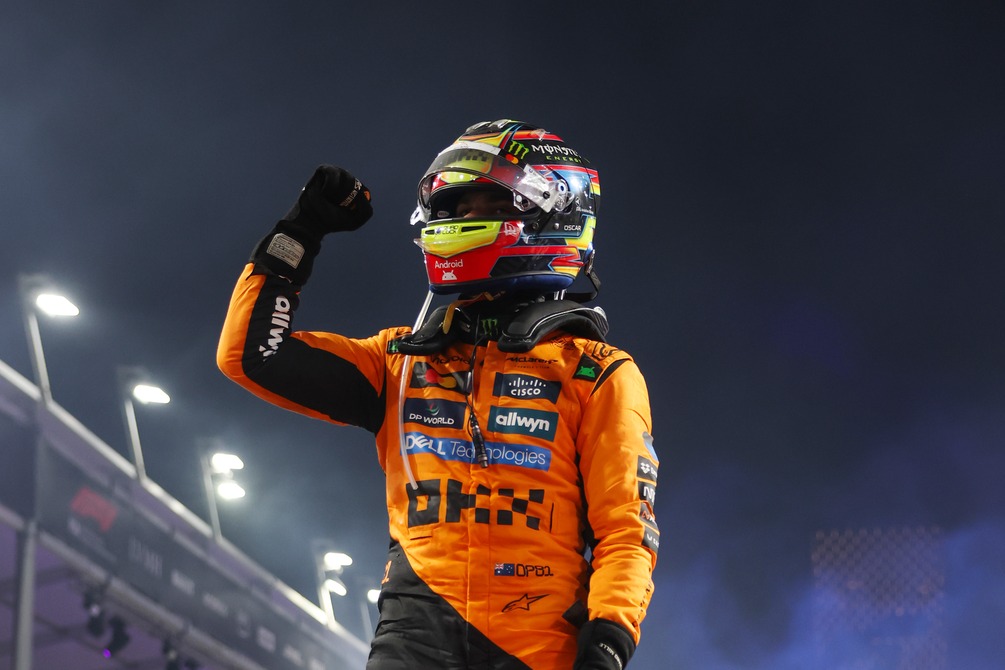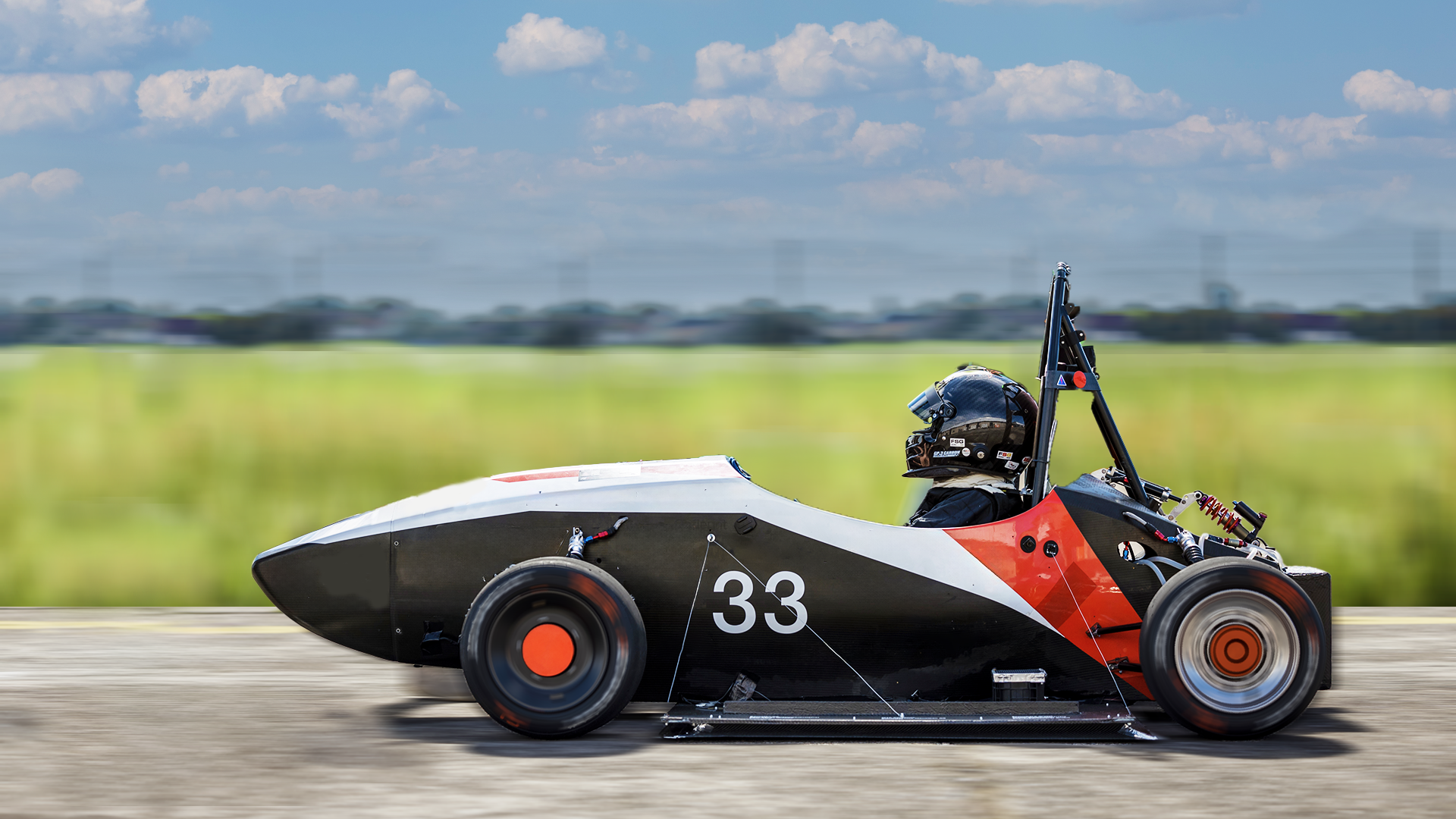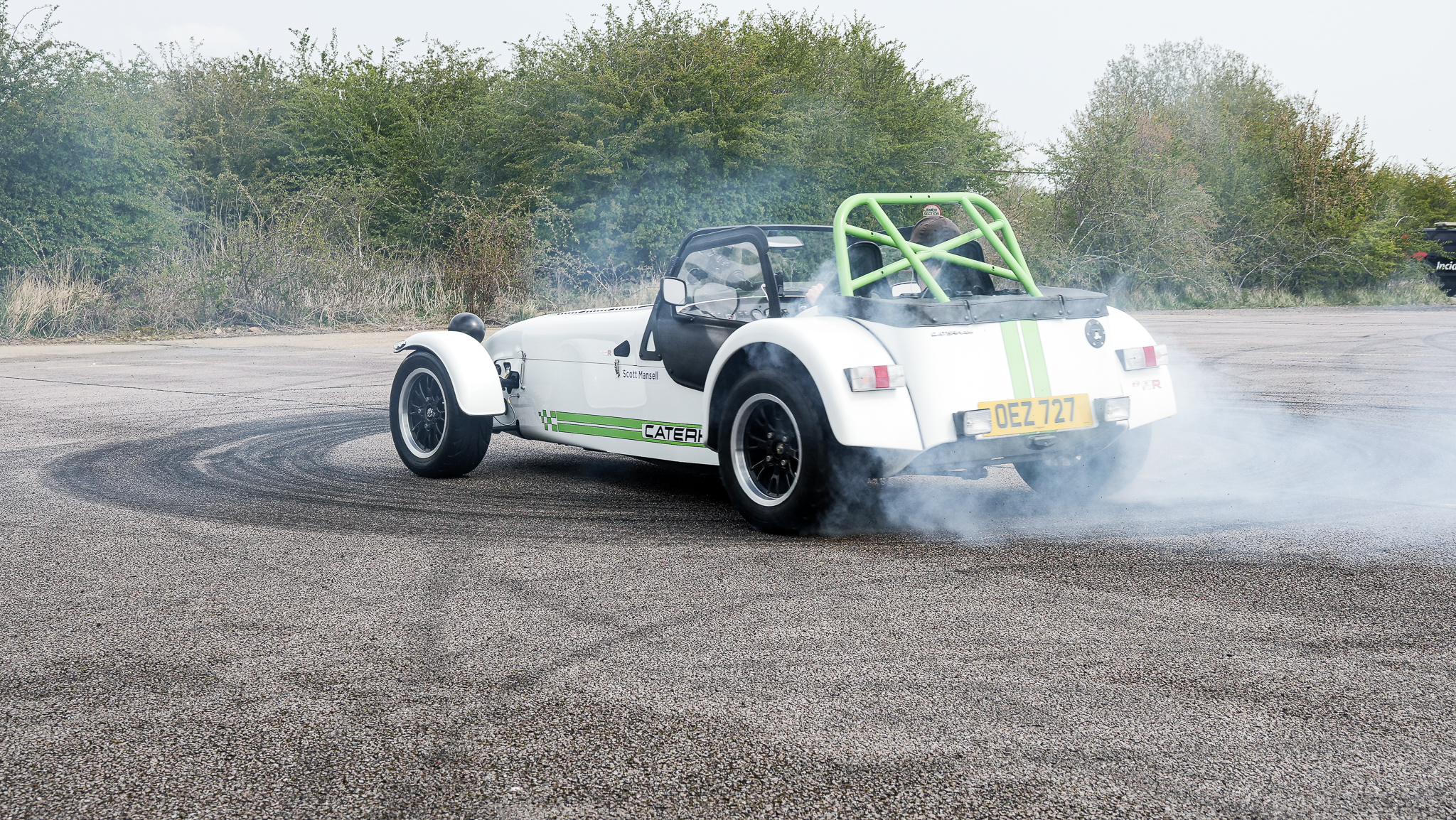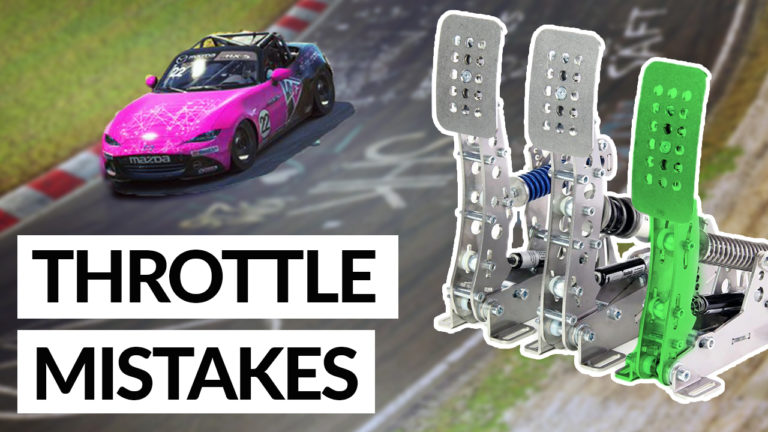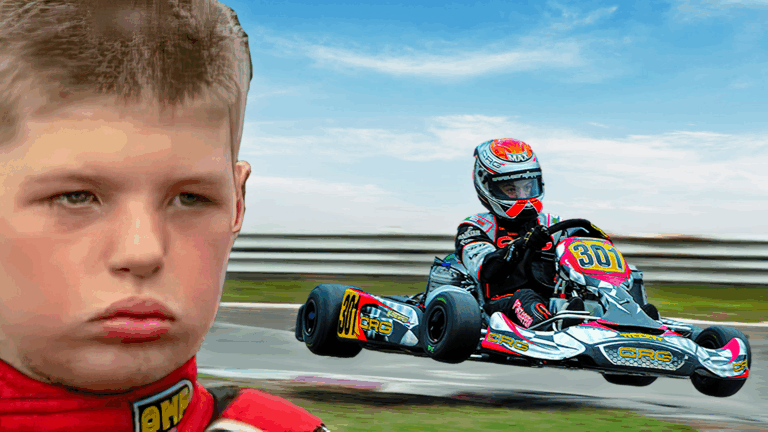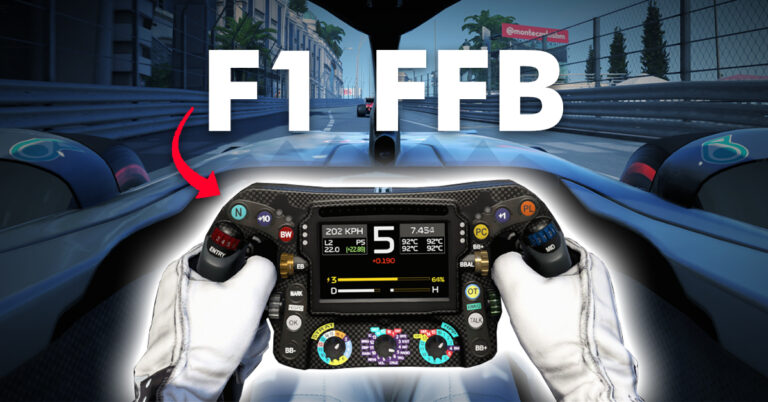Lando Norris’ Sim Racing Secrets
Transcript from video
So it’s safe to say that Lando Norris is a very fast Formula One driver and he often talks about how he uses sim racing to make him quicker on track. I’m going to analyse some of his footage from iRacing to describe what techniques he’s using to be quick and how we can use them in our own sim driving.
So the first thing that Lando is doing is he’s incredibly smooth on the accelerator pedal. Now, if we look at the footage from the iRacing, he’s driving the Skip Barber Car, which doesn’t have a lot of power. So you may see that actually once he’s initially got on the accelerator pedal, he’s actually quite hard on it. But because these are low powered cars that the relatively stiff and then you can kind of get away with it. But the important thing is, is that the initial acceleration, the first part once you’re in the corner and you’re just beginning to get back on the accelerator again, is absolutely smooth and if you watch the footage here, you can see that the first bit is maybe only 10%, 20%, maybe 25% before he then accelerates further out the corner. Now, the reason for this is if you’re very hard initially on the accelerator if you go from zero to a hundred, it shocks the dynamics of the car. It sits the rear down on the suspension, and it will cause the car to understeer or in a more powerful car, if you just stamp on the accelerator, it will cause the car to oversteer wildly and make it very difficult to control. These are the same dynamics that we have in the real world; you do not want to be getting on that accelerator too hard initially.
The next thing that Lando is doing in this footage is he’s actually waiting a very long time between when he comes off the brakes and gets back on the accelerator. This is something that I see all the time in the drivers in the real world as well that I coach where they feel like they need to just be on the brakes or on the accelerator pedal. Well, actually, in the middle of the corner, there’s a lot of time where you just waiting off the accelerator, off the brakes, waiting, waiting, initially smooth on the accelerator before you then accelerate at the corner. Now, look at the footage from Lando here and see how long he is waiting in between coming off the brakes and getting back on the accelerator pedal.
Next up, you can see that Lando uses trail braking to manipulate the balance of the car as he enters the corner. For those of you who don’t know, trail braking is when you use the brake pedal, a light pressure as you’re turning into the corner to shift the weight forward or backwards. When you shift the weight to the front, you get the front more grip and when you ease up off the brakes and allow the front to rise up, you actually shift more grip to the back. The idea here is that you manipulate your brake pressure to move the grip forwards or backwards and make sure that you’re using absolutely every ounce of grip from each of the four tyres. So if you see this footage here from Lando, you can actually see that as he’s coming into this bend, he’s modulating that brake pressure, very light pressure, in fact, to move the car and turn it into the corner or move away from the corner. So what he’s doing here is steering the car with the pedals. Again, with the accelerator, you can see that once he’s got on that initial pressure with the throttle pedal, he waits there until the car sat down and it’s ready before he then gets on the accelerator and propels himself out of the corner.
Going back to my first point, you really need to be patient on the accelerator and have a very light pressure initially, pause there until the car settles itself before you then accelerate out the corner. Now, Lando actually stamps on the accelerator from probably 30% or 40% all the way to 100 and he can get away with this in the low powered Skip Barber car. But if you’re driving a GT3 car or something quicker, you’re still going to have to be smooth even when you make that decision to accelerate properly and fully out of the corner.
The next thing that will help you and your sim racing is turning the car into the corner very smoothly at the beginning. You can see from Lando’s footage here that the initial steering input is very smooth. Now, the reason for this and the dynamics are the same in the real world, too, is that when you first turn the car, you’re on the soft part of the springing and so what you need to do is actually get the car rolled over, get it introduced into the corner until the car is set and then you can turn in a little bit harder. You’ve also got to contend with how the tyre flexes below the rim of the car. So you imagine the car loading itself up into the corner, well, actually, at this point, the tyre is bending and flexing under the rim and this is all very difficult to control – it’s very squishy under the rim. You have to be the one who controls it with your steering angle as you go into the corner so we want a smooth steering, as you can see Lando does, let everything roll over, let the tyre flex under, and then you can load the car up more as you go into the corner. Do this and you’ll generate more grip and actually a more stable car that’s easier to drive.
Next up, if you watch any of Lando’s twitch streams, you’ll also notice that they’re making a lot of setup changes. If I’m working with a driver who develops their car over the race weekend and making lots and lots of changes, they will end up substantially quicker than a driver who doesn’t make any setup changes. This is something that I’m going to go into in more detail on this channel, how to make setup changes, where to go, what the kind of logical direction is, because it can seem very overwhelming initially. You’ve got so many different things that you can change and it’s important that we don’t just go down a rabbit hole of just randomly making setup changes.
With Lando’s experience from real-world racing and from the sim, he knows that the logical next step of how to change the springs or the dampers, whatever it may be to generate even more grip. You do this and you’ll make yourself a much easier car to drive that’s ultimately a lot faster.


